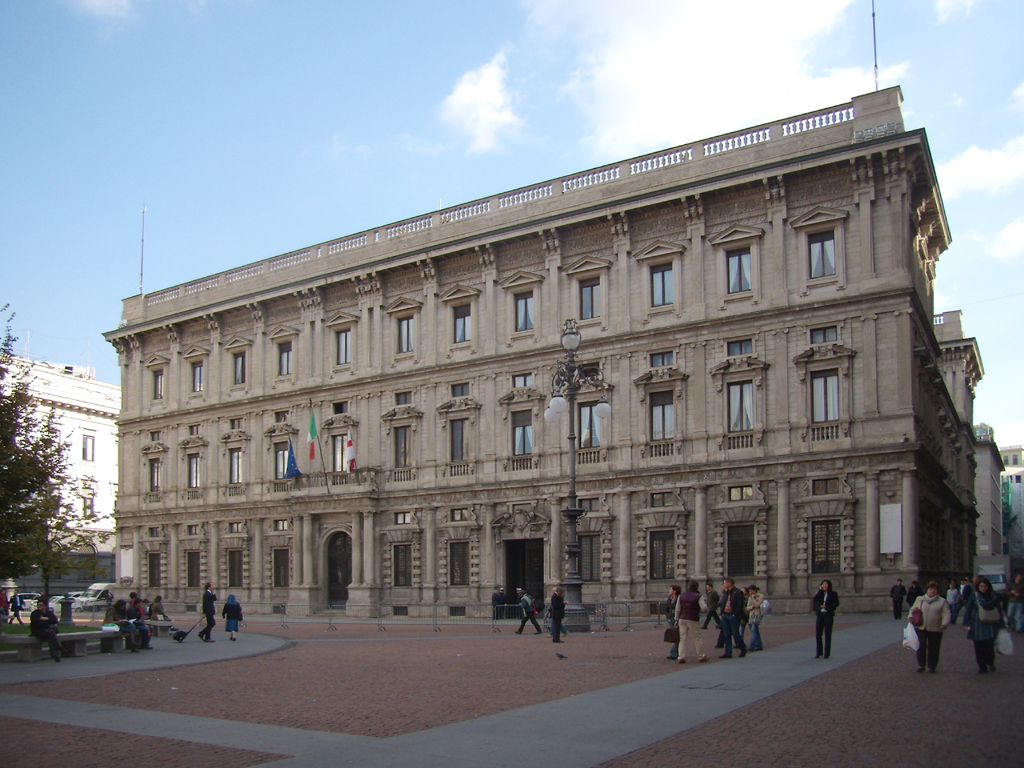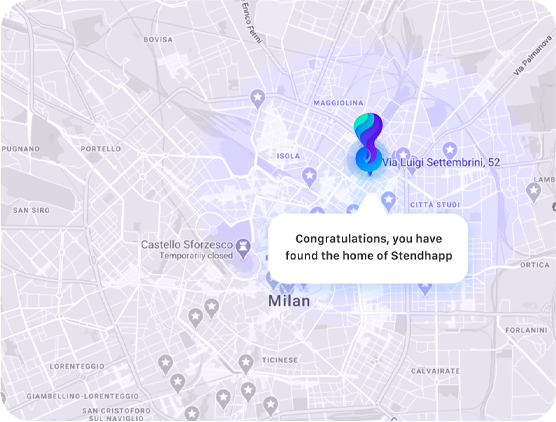Gertrude and Maria. In Italy, any discourse on nuns in literature revolves around this polarity, which oscillates between Manzoni and Verga, between the powerful figure of the nun of Monza, and the desolate protagonist of “Storia di una capinera.” Both are forced nuns, obliged to a destiny embodied in the Law of the Maggiorasco, which stipulated, since the Middle Ages, that the patrimony at the death of the father should not be divided among the various sons but should all pass in inheritance to the eldest son: a custom that has for centuries prompted families of high rank to resort to the forced monkhood of their daughters in order to safeguard their assets and avoid the high dowry costs of marriages.
Women’s Voices
Gertrude and Maria are cardinal points of course, but in reality, if we widen our gaze beyond this purely Italic dyad, there is a set of voices that we could ideally bring together within a vanguard determined to conquer freedom despite the few spaces of emancipation allowed by society; women who experienced on their flesh the alienation of a life of enclosure imposed by force, but who demanded the right to an alternative that conformed to their aspirations. A literary and other courage that begins in the modern era a full two centuries before Manzoni with “The Letters of a Portuguese Nun,” by an anonymous author, first published in Paris in 1669, in which the erotic and sensual implications of the sisters imprisoned in convents are explored. This strand is flanked by one with political connotations of a Risorgimento kind, the progenitor of which is “The Mysteries of the Neapolitan Cloister,” written in 1864 by Enrichetta Caracciolo, who, having been treacherously forced to become a nun at a very young age in the church of San Gregorio Armeno in Naples, after being released from her vows became a patriot devoted to Giuseppe Garibaldi and an advocate for women’s rights. Such a journey to discover a more rounded point of view of the nun character finds its intermediate, and arguably virtuous, balance in the story of Suzanne, “La Religieuse” as told by Denis Diderot in 1796; a tale that, if in its first chapters recalls the candid sweetness of Verga’s Capinera, in its proceeding then reveals her as a woman of quite a different temperament, determined to decide for herself at any cost.
The places and history of Marianna
Returning to the Monaca di Monza, her having entered the language and popular culture is not only to be attributed to the centrality of Manzoni’s novel in Italian literature, but also to the full, dense, multifaceted nature of the character; a figure who turns out to be admirably hinged in her biography with some symbolic places not only of Monza, but also of Milan: suffice it to say that Marianne De Leyva, as the daughter of Virginia Marino, heiress of the lineage, was born in Palazzo Marino, now the seat of the City Hall; that the retreat of Santa Valeria, the place where Marianne was imprisoned after her trial, walled up in a cell for about 14 years and where she remained even after obtaining a pardon, was located just a few steps from Piazza Sant’Ambrogio, which has always been the seat of the Milanese curia and adjacent to the Catholic University; that her lover Gian Paolo Osio, sentenced to death and wanted, was murdered in the basement of what is now Palazzo Isimbardi, a few steps from the Duomo. An itinerary that surely feeds the tradition that Geltrude is understood as a lavish, sulfurous creature, bordering on the places of religion but corrupted by sin, so much so that in Manzoni’s work her destiny opens and closes around one phrase, the best known: “e la sventurata rispose”. But is that all there is to it?
Gertrude
Actually, in Gertrude’s eyes, in her movements, in her dry and rare words, there is much more: the non-coincidence between faith and choice, between body and will, between soul and ambition. And, again, the dissidence toward places of worship made up of gestures that say to all: I am this. And without this I am not. Respect my will. These instances take on an even more intense nature if we go into the details of Gertrude’s human and emotional diary; in fact, she, rather than by force, is forced to take vows through constant psychological pressure: from the moment of her birth, her gifts consisted of small holy cards, dolls dressed as nuns, and the very language used with her was aimed at accustoming her to that of the monastery. Thus, becoming a nun seems for Gertrude the only possible choice, because it is the only one that the family allows her to imagine; but, despite this, she keeps alive the ability and possibility to imagine and feel something else: the vital instincts that had been denied her, love, disobedience to fate and rules written for her by others. All men.
In very few characters in Italian literature is it possible to find a dramatic succession to such an all-encompassing degree, a continuous and impetuous maelstrom of moods, resentments, and attitudes fueled by fear and at the same time a desire for redemption. Manzoni devotes ample attention to her, treating her tragedy almost as if it were a “story within a story” and allowing her to stand outside of morality; on closer inspection, Gertrude is the only character who goes against the ideal of Providence that permeates “I promessi sposi“: in her life, in her past and future history, one cannot in fact discern any providential design, any rosy or happy destiny guided from above.
Therein lies its modernity and relevance, a secular vocation that PACTA.dei Teatri intended to bring to light in the show “LA MONACA DI MONZA alias SUOR VIRGINIA MARIA alias MARIANNA DE LEYVA.” Through the dramaturgy and direction of Annig Raimondi, in the show an immense grate becomes a metaphor for the interior of a convent: a symbolic and gender barrier, an obstacle not only to a love story but also to a hypothesis of freedom.
Gertrude of noble birth, the daughter of Prince Don Martin de Leyva, a descendant of a great Spanish family feared and respected. Gertrude an emblem of an opposition to the compromises of lineage and the violence of convention; a modern spirit in search of identity and self-determination, a spokeswoman for a contestation against civil and political powers; a sign of an attitude never tamed, and therefore fierce against a regime of terror and deprivation, of enforced seclusion and erased life. A rebellion that, in the end, is simply a manifestation of inescapable human nature and for that reason permeates every expression on Geltrude’s face: the constant “wrinkling” of her forehead, the rapid movement of her black eyebrows, and then the flash in her eyes, black too, sometimes haughty, sometimes sullen.
Eyes that do not lie, that look the world mercilessly, hard in the face. Eyes that speak of women who find themselves in spite of being nuns and have absolutely human behavior, deemed wrong only by the imposed cloister. Eyes that many men, not only in the seventeenth century but even today, would be afraid to even meet, let alone question.
photo: Wikipedia





